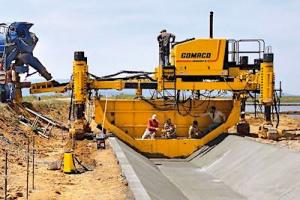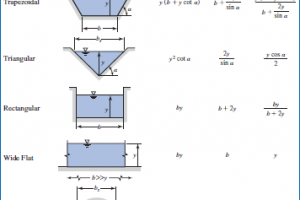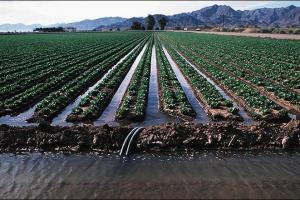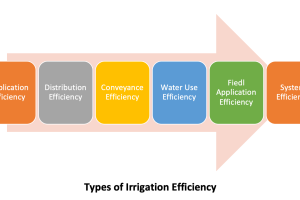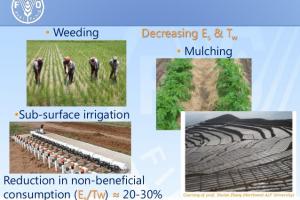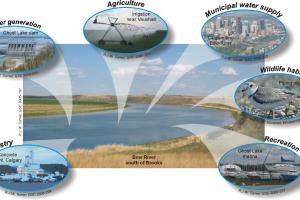Construction of Open Wells
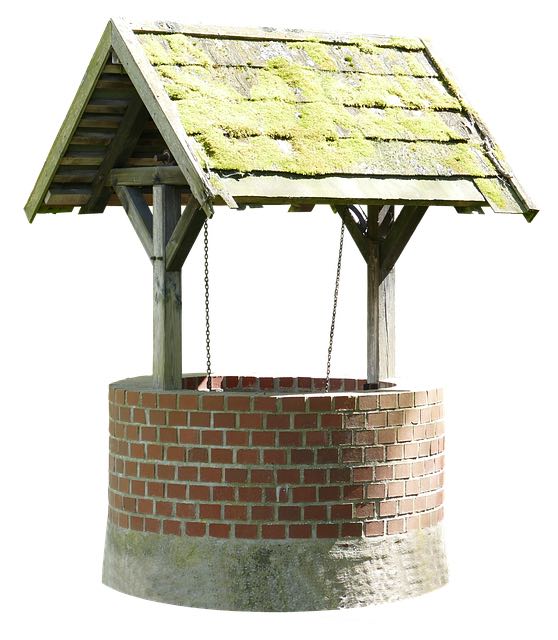
How to construct water wells?
A water well is a lot more than a drilled hole, but for many people, the above ground part of the drilling process is the only part they see. A water well is a specially engineered hole in the ground;
For ground water monitoring, or for scientific research purposes, wells may be drilled in a way that allows the specialists to closely examine the rock formations and take frequent water samples. Augured wells and diamond core drilling are drilling techniques often used for scientific purposes.
Most home wells are drilled to 8 or 6 inches in diameter. Municipal or irrigation wells are likely to be drilled at larger diameters, sometimes as much as 24 inches or more. The important tasks for preparing a planning report of a water resources project would include the following:
- Analysis of basic data like maps, remote sensing images, geological data, hydrologic data, and requirement of water use data, etc.
- Selection of alternative sites based on economic aspects generally, but keeping in mind environmental degradation aspects.
- Studies for dam, reservoir, diversion structure, conveyance structure, etc.
- Selection of capacity.
- Selection of type of dam and spillway.
- Layout of structures.
- Analysis of foundation of structures.
- Development of construction plan.
- Cost estimates of structures, foundation strengthening measures, etc.
- Studies for local protective works – levees, riverbank revetment, etc.
- Formulation of optimal combination of structural and non-structural components (for projects with flood control component).
- Economic and financial analyses, taking into account environmental degradation, if any, as a cost.
- Environmental and sociological impact assessment.



